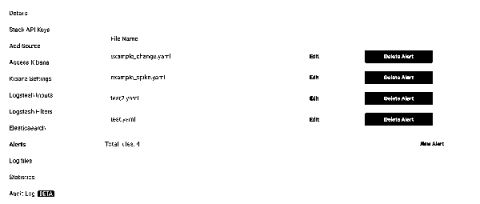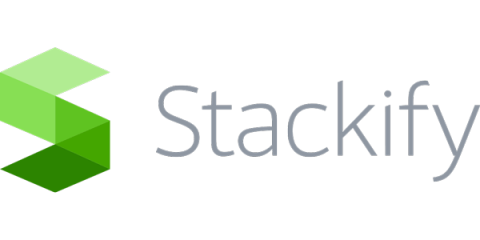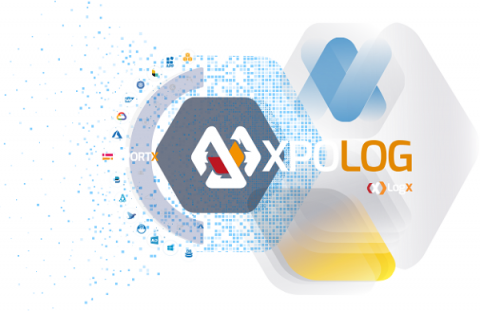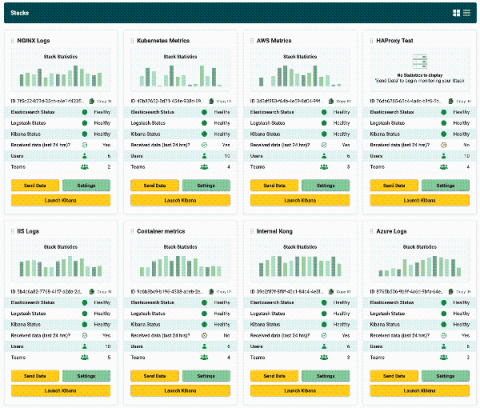Configuring YAML Files after Installing the ELK Stack
What is YAML? YAML is a readable data serialization language used frequently in configuration files for software; it stands for “Ain’t Markup Language.” This article will show you samples of YAML files (written .yml or .yaml) for the ELK Stack and other programs commonly used by DevOps team. And while some people love yaml and some hate it, it’s not going away.











